An Assortment of Birds From El Rio
Red-winged Blackbirds are easy to identify because, well, they are black birds with red wing patches. As is the case with many species, the females look different with much more subdued plumage. Additionally, while the male Red-winged Blackbirds will often make their presence known by singing loudly and perching in the open to attract females or to declare their territory, female Red-winged Blackbirds often remain hidden deep in the reeds. The female below popped up for a look around.
American Coots may be found pretty much on any body of freshwater in the US. They are a reminder that not every bird that floats on water is a duck. American Coots are closely related to sandhill cranes and rails. Coots are dark gray birds with a white bill that extends to a "shield" above the bill. The top of the shield is often red. Between that red dot, the red eye, and the tilt of his head, this Coot seems to me to have an evil glare.
Song Sparrows vary in plumage regionally throughout the US. In southern Arizona, they are a lighter, more pale color. But if you see a streaked sparrow singing conspicuously in any wetland area, you are hearing and seeing a Song Sparrow. https://www.birdnote.org/podcasts/birdnote-daily/song-sparrows-across-continent
Green Herons are always a fun bird to see. Often they are standing on vegetation at the edge of water, but this bird flew over to a perch a few feet above the water and right in front of me. It looked around for a minute or two before flying off. https://www.birdnote.org/podcasts/birdnote-daily/green-heron
Earlier, I had a quick glimpse at another Green Heron flying across the water.
The very elegant looking Northern Pintail stood out from the other ducks present at El Rio. Its large size is notable and the long neck with the white pinstripe stands out against its chocolate colored head and neck. Allaboutbirds states that Pintails migrate south at night at speeds of around 48 miles per hour.
My recent emails showed the immature Great Blue Heron consuming an American Bullfrog. Bullfrogs can weigh up to one pound and could be all that the heron would eat during one day. It was a bigger meal option than the Heron eating tiny fish after tiny fish. The photo below shows you how long the toes of the Great Blue Heron are. Those long toes help it traverse the muddy bottom of the lake.
I'm always alert to birds flying in the air. As I left the El Rio Preserve that morning, a different kind of bird floated across the sky.


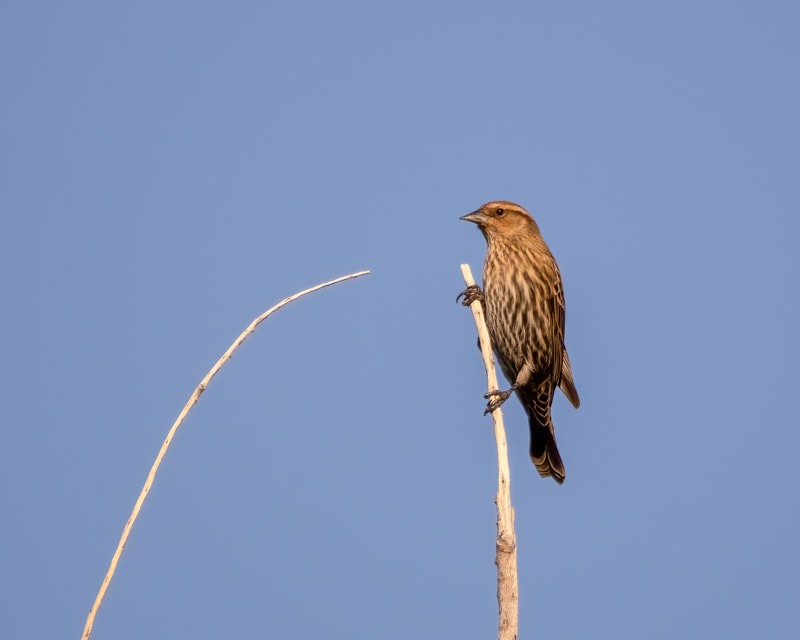
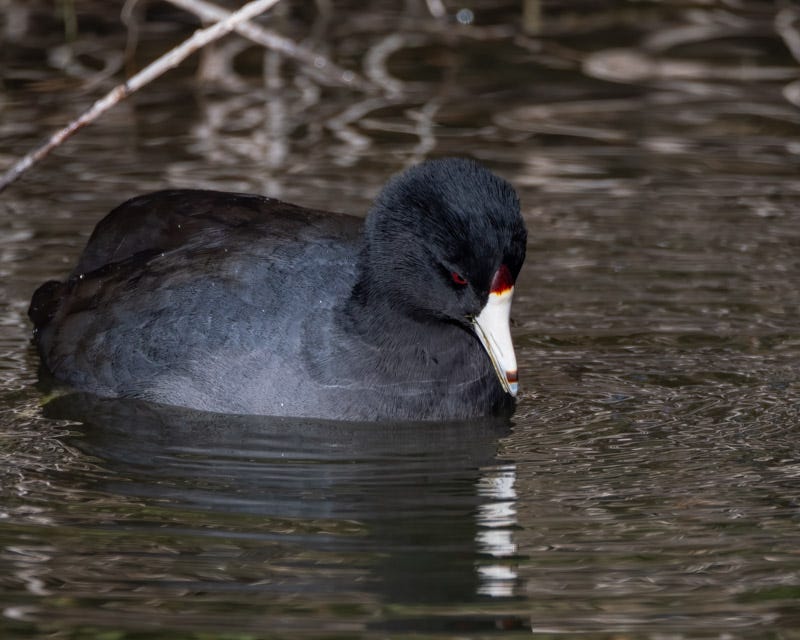

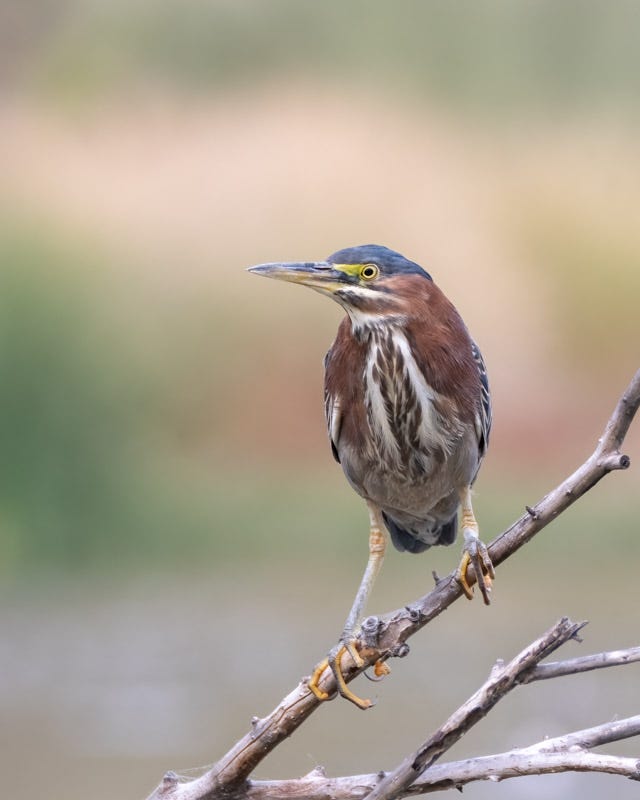
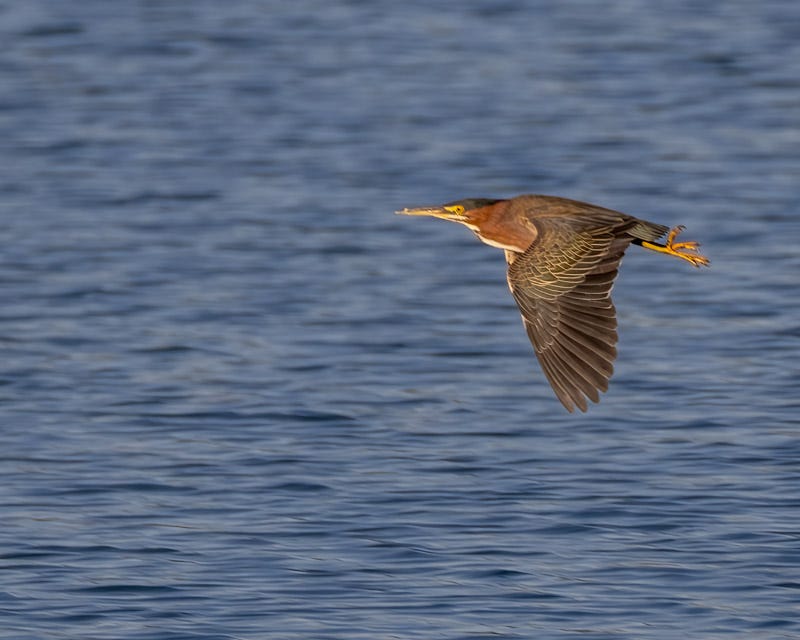
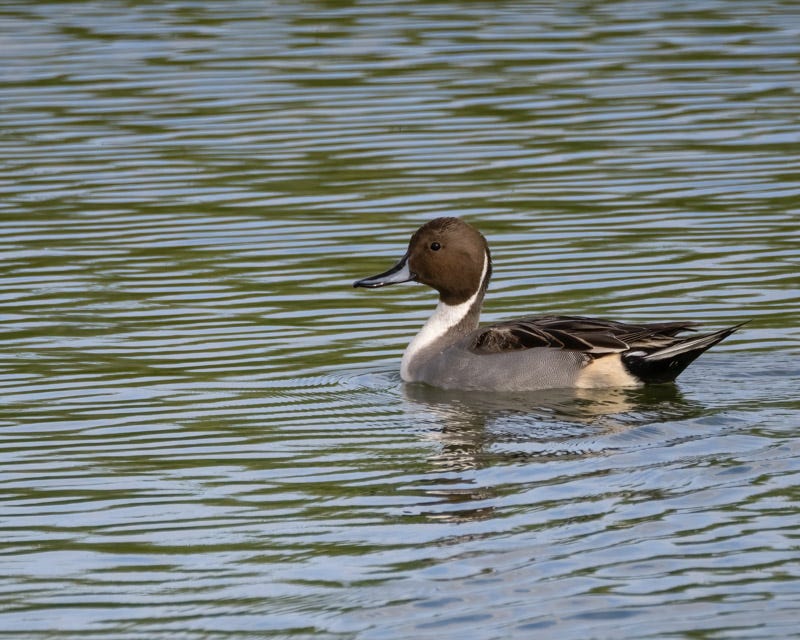

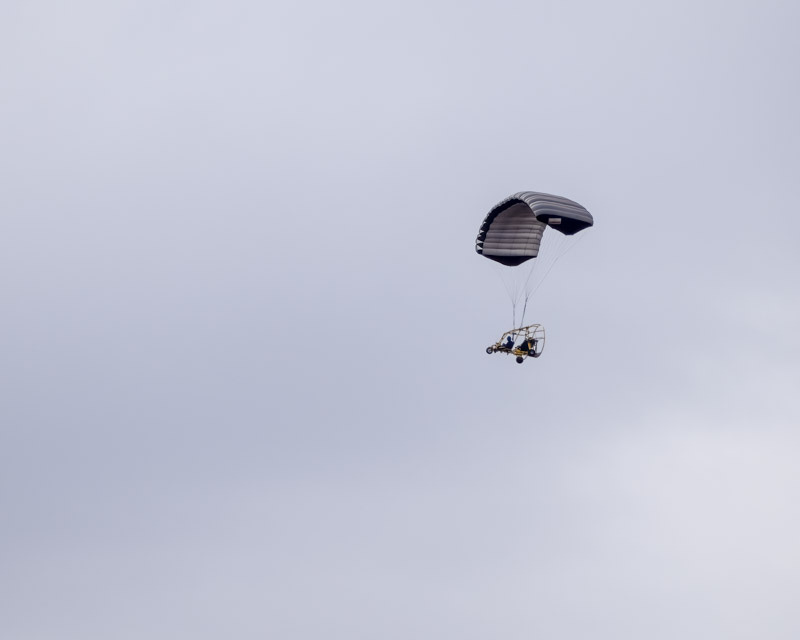
Wonderful post and photos, Dan.